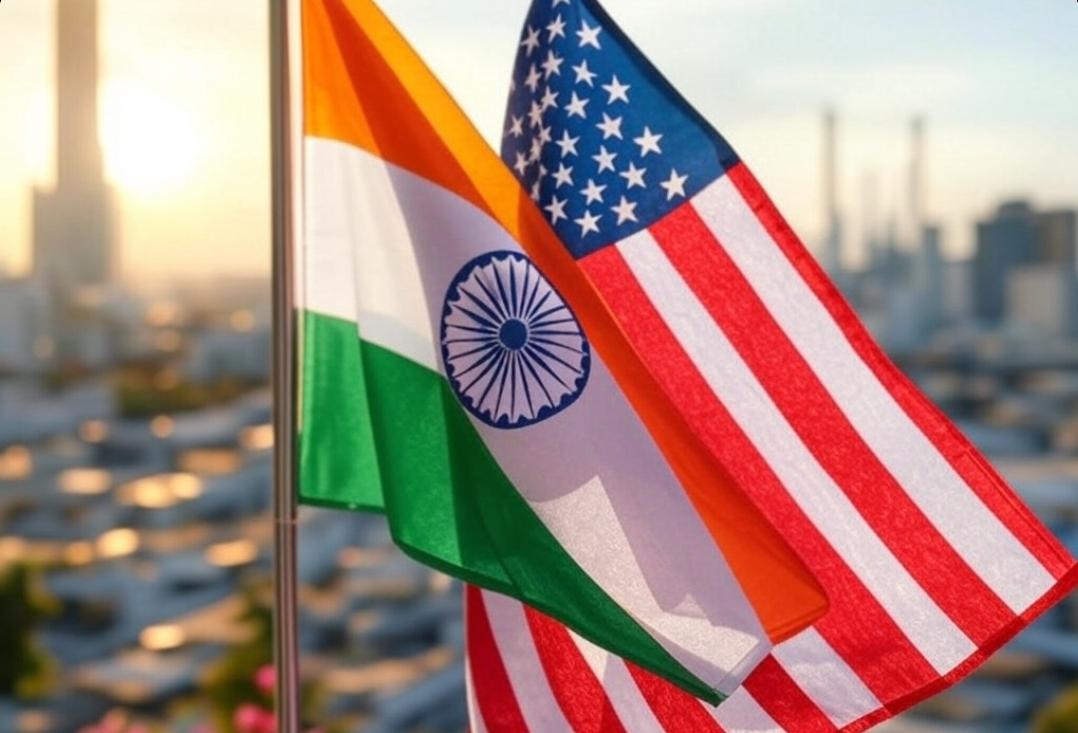
As we step into 2025, the economic relationship between India and the United States is poised for a significant boost, with exclusive reports indicating that trade talks are set to resume after the Holi festival in early March. These discussions, which could reshape bilateral commerce, are expected to focus on critical areas like tariff relaxations, market access, and strategic partnerships across various industries.
Key Highlights of the India-US Trade Talks
According to sources, here’s what’s shaping up in the negotiations:
Timing and Focus: Trade talks are likely to start post-Holi, with a strong emphasis on easing tariffs and improving market access for both nations. However, the final India-US tariff list is unlikely to be finalized before April 2, 2025, as discussions continue to mature.
Committee Report: A committee report on the progress of these trade discussions is expected by March 15, 2025, providing a clearer picture of the direction these negotiations are heading.
India’s Priorities: India is pushing for US duty concessions on a range of exports, including textiles, IT services, dairy, and leather goods. These sectors are vital for India’s economy, and reduced tariffs could open up lucrative markets in the US.
US Interests: In return, India may offer relaxations in areas like semiconductors, defense, and electric vehicle (EV) battery technology, signaling a willingness to deepen technological and strategic ties.
Civil Aviation Ambitions: Civil aviation has emerged as a key focus, with India aiming to boost its aircraft manufacturing capabilities. This could pave the way for stronger collaborations with US aerospace firms, potentially transforming India’s role in the global aviation industry.
Additional Insights: Reports also suggest India will push for duty relaxation on Kasturi cotton-based textile exports to the US, while semiconductor collaboration remains a top agenda item. India’s plans to open its defense sector to US firms could further strengthen bilateral strategic ties. Meanwhile, the Trump administration is preparing a list of countries with tariff and non-tariff barriers by March 6, 2025, with markets speculating that the US might unveil reciprocal tariffs on India, mirroring its approach to Mexico and Canada
What’s at Stake?
These talks could have far-reaching implications for businesses, investors, and consumers. For Indian exporters, reduced US tariffs could mean greater access to one of the world’s largest markets, boosting sectors like textiles, IT, and agriculture. On the flip side, US firms could benefit from relaxed regulations in India’s burgeoning semiconductor, defense, and EV sectors, fostering innovation and job creation.
However, the possibility of reciprocal tariffs from the US—similar to those imposed on Mexico and Canada—adds a layer of uncertainty. If implemented, this could lead to a tit-for-tat escalation, potentially disrupting trade flows and increasing costs for both nations. Market watchers will be closely monitoring the March 6 and March 15 deadlines for any signals of how these dynamics might unfold.
Looking Ahead
As of February 27, 2025, the India-US trade dialogue represents a pivotal moment for global economic relations. Both countries have much to gain from a balanced partnership, but navigating the complexities of tariffs, market access, and strategic interests will require careful diplomacy. Whether these talks result in a historic trade agreement or a more cautious step forward, one thing is clear: the outcomes will shape the economic landscapes of India and the US for years to come.
Disclaimer
The information provided in this article is based on publicly available reports and sources as of February 27, 2025, and is intended for informational purposes only. It does not constitute financial, legal, or investment advice. Trade negotiations and policies are subject to change, and the accuracy of the details presented here may vary. Readers are encouraged to consult official sources or experts for the most current and reliable information before making any decisions based on this content.




